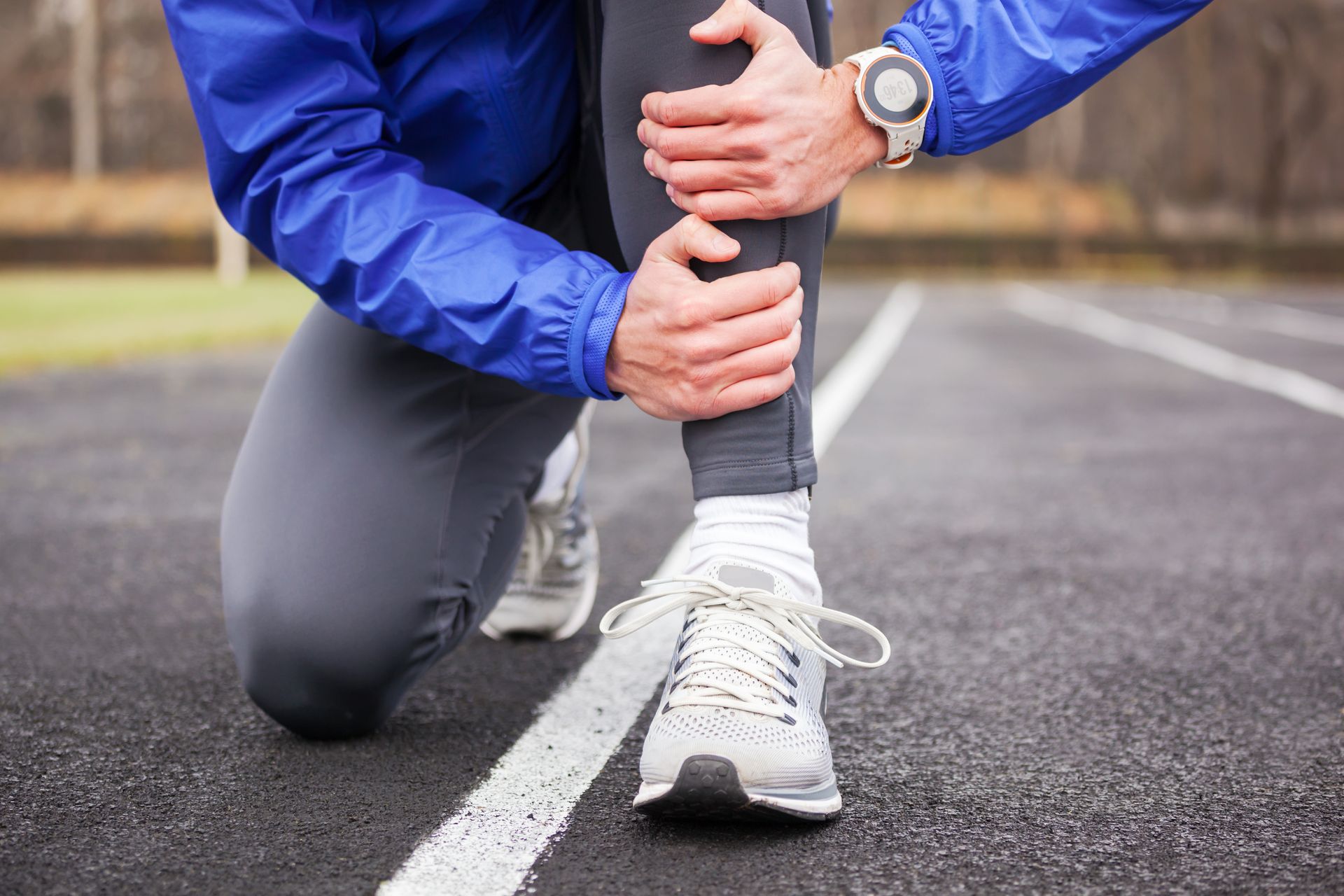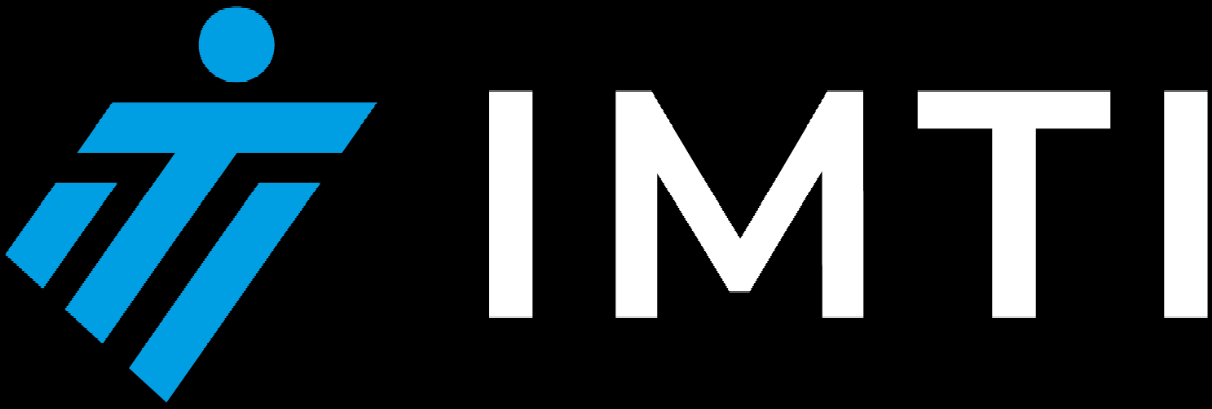Golf may appear to be a casual walk on well-maintained grounds, but any committed player understands that it requires athleticism, precision, and stamina. The repetitive, powerful motions of the golf swing, combined with hours spent on the course, put unique stress on the body. That is why smart golfers are turning to two key practices—soft tissue massage and functional training—to prevent injuries and play their best game.
The Power of Soft Tissue Massage for Golfers:
Soft tissue massage is not just a luxury; it is a vital tool for maintaining muscle health and flexibility. Here is why it matters for golfers:
Boosts Flexibility and Range of Motion: Tight muscles can limit your swing and lead to compensatory movements that cause injury. Massage breaks down adhesions and scar tissue, helping you move more freely and efficiently.
- Reduces Muscle Tension and Pain: Golfers often suffer from overuse injuries like golfer’s elbow or lower back pain. Regular massage targets these problem areas, easing pain and helping you recover faster.
- Speeds Up Recovery: After a long round or intense practice, massage increases blood flow and oxygen to sore muscles, reducing inflammation and accelerating healing.
- Prevents Injuries: By addressing muscle imbalances and trigger points before they become serious, massage keeps you out of the doctor’s office and on the course.
- Enhances Mental Focus: Massage is not just physical—it is mental. It reduces stress and anxiety, helping you stay calm and focused during your game.
Functional Training: Building a Golf-Ready Body:
Functional training is all about exercises that mimic the movements and demands of golf. It is not just about lifting weights—it is about training your body to move better and more efficiently. Here is how it helps:
- Prevents Common Golf Injuries: Functional training strengthens the muscles and joints most at risk during golf, such as the lower back, shoulders, and wrists. This reduces the likelihood of strains, sprains, and overuse injuries.
- Improves Swing Mechanics: By focusing on core stability, rotational power, and balance, functional training helps you develop a smoother, more powerful, and more consistent swing.
- Enhances Flexibility and Mobility: Dynamic stretches and mobility drills ensure you have the range of motion needed for a full, unhindered swing.
- Builds Strength and Endurance: Targeted exercises for the hips, legs, and core help you maintain energy and form throughout your round, even on the back nine.
- Addresses Muscle Imbalances: By correcting weaknesses and imbalances, functional training helps you avoid compensatory movements that often lead to injury.
The Importance of Early Intervention:
One of the most effective ways to prevent long-term golf injuries is to start functional training early—even before you experience pain or discomfort. The importance of early intervention:
- Corrects Movement Patterns Before They Cause Problems: Early training identifies and fixes poor mechanics and muscle imbalances, stopping injuries before they start.
- Builds a Strong Foundation: Developing core stability, flexibility, and balanced strength from the outset helps your body manage the repetitive stresses of golf.
- Promotes Endurance and Motor Control: Functional training improves coordination and endurance, helping you maintain proper form throughout your round and season.
- Encourages Regular Assessment: Early intervention often includes ongoing check-ins with professionals, allowing you to catch and address issues before they become chronic.
Functional training speeds up recovery and lowers the risk of repeated injuries.
Bringing It All Together for Peak Performance:
To play your best golf and stay injury-free, combine regular soft tissue massage with a structured functional training program. To begin, please follow these instructions:
- Schedule regular massages—ideally every 4 weeks, or more often during heavy play—to keep your muscles healthy and flexible.
- Incorporate functional training that mimics golf movements, focusing on mobility, strength, and core stability.
- Work with qualified professionals, a golf fitness trainer, and a licensed massage therapist—to ensure your program is safe, effective, and tailored to your needs.
- Start early and stay consistent; the sooner you begin, the more you will benefit in terms of injury prevention and performance.
In summary:
Soft tissue massage and functional training are not just add-ons, they are essentials for any golfer who wants to stay healthy, play longer, and reach their full potential. Invest in your body and watch your game soar!





